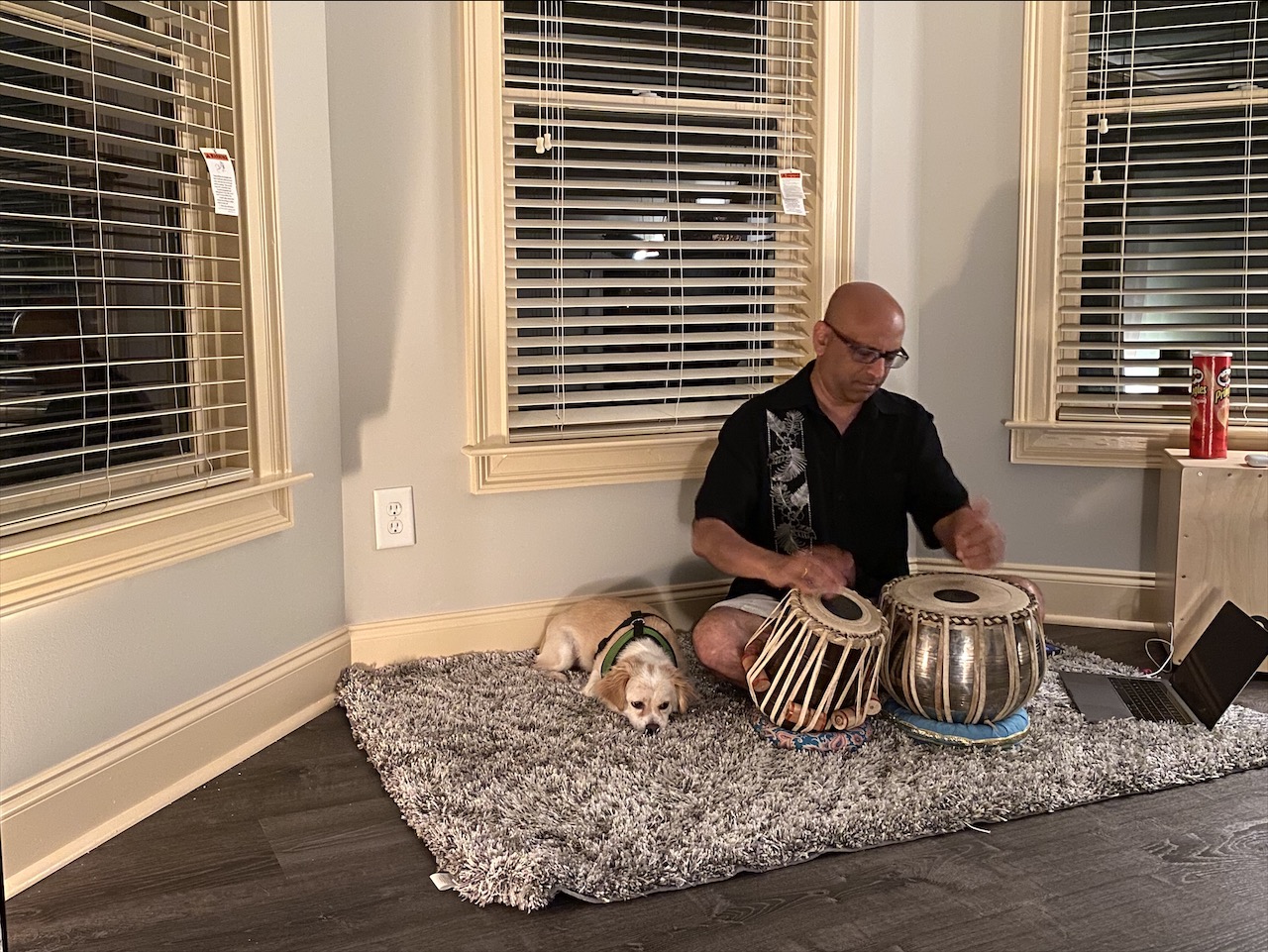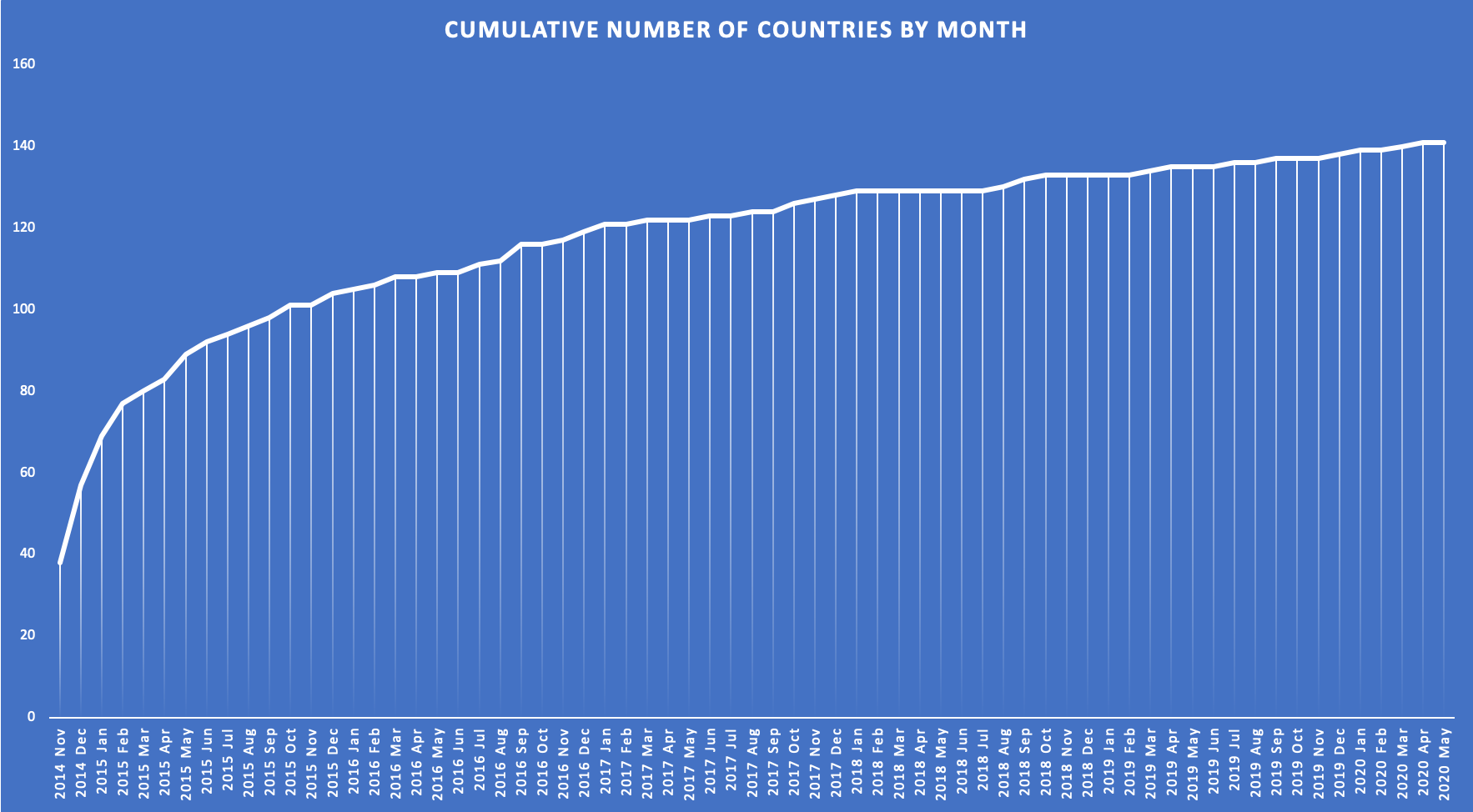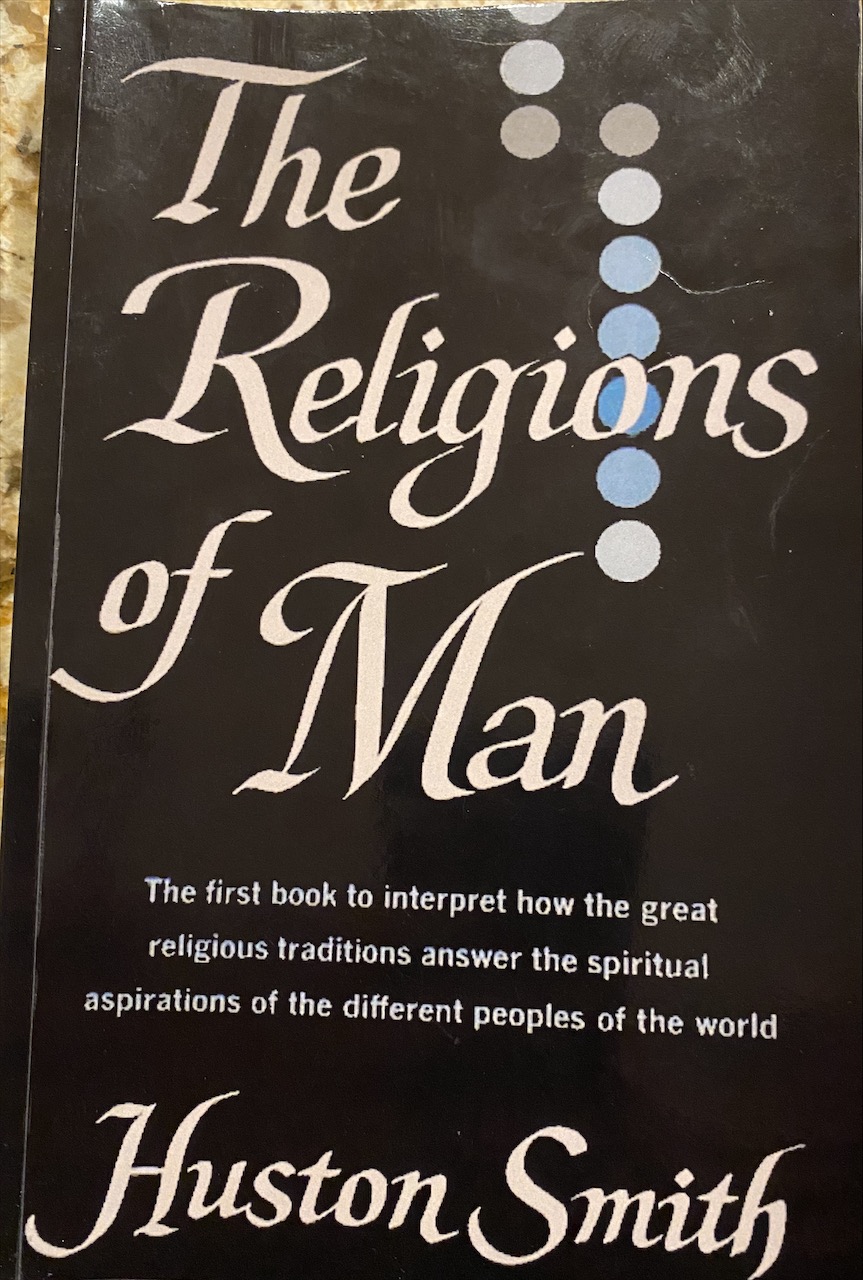Friday evening came a day late
Sat for my music evening a day late today. The song of choice for this evening was a poem written by Obaidullah Aleem. Born in Bhopal, India, the poet emigrated to Pakistan early in his life when his family moved and eventually died in Karachi, Pakistan. The rendition for this evening was by Ghulam Ali.
“Kuch din to baso meri aankhon mein
Phir khwab agar ho jao to kya
Koi rang to do mere chehere ko
Phir zakhm agar mehkao to kya
Aik aina tha so toot gaya
Ab khud se agar sharmao to kya
Main tanha tha main tanha hoon
Tum aao to kya na aao to kya
Jab hum hi na mehke phir sahib
Tum baad-e-saba kehlao to kya
Jab dekhne wala koi nai
Bujh jao to kya jal jao to kya”
Roughly translated…
“Stay in my eyes for a few more precious moments,
Then if you turn out to be a dream, who really cares?
Give me some (red) color in my cheeks with your presence
Then if it turns to be blood from your hurt, who really cares?
There was a mirror we had (of love), now it is all broken
Now if you blush at your own self, who really cares?
I was lonely then and I am lonely now
You may come. You may not. Who really cares?
When I am myself not there in the garden to enjoy it,
You can blow like the fresh morning breeze, who really cares?
When there is nobody around to see it,
You can glow in love or be dark, who really cares?”

Flattening of the other curve
While I started this blog back in 2005 – the second time I took a year off between jobs – I never tracked the readership till about ten years later. Towards the end of 2014, I started tracking the unique countries that I was getting reader from. As you can see, it started straightaway with about 40 countries (to be sure, these readers were already coming; I merely started counting from that date). It doubled very quickly from there and ever since has been approaching one of those asymptotic curves. I think it was a couple of months back that I got the last unique – 141st – country.
Still over 50 to go!!

The water bug in our house
The girl does make me proud at times… (puzzle)
Usually, it is her sharp wit and acerbic comebacks. And at times it is her math capabilities. (It does take a nerd to recognize another).
Recently, my nephews had sent me a puzzle. Using 1, 1 and 1, you have to make 6. Similarly, using 2, 2 and 2… and then 3,3, and 3… and so on. You can use the normal mathematical operators – but no other digits. For example 2+2+2 = 6; They had given me till 10,10,10.
8 is a little tricky. It would be 8 – sqrt (sqrt (8+8)). Note that sqrt symbol does not use a digit.
During the walk last evening, Niki and tried 11,11,11 and then 12,12,12 and so. Once we reached 19,19,19… she said something that helped us find a completely generic way of getting to 6 given any number (repeated thrice).
For example, can you get 6 using 73, 73 and 73?
Note that you cannot split 73 into 7 and 3.
The mathematical operators allowed (any number of times) are plus, minus, multiply, divide, parentheses, square root, log and factorial. Give it a shot!

From the bartender’s corner: Miss Jones
Evening walk with Nikita
Book Review : The Religions of Man
It was in the beginning of April that I had received an email from Erin Stahmer bringing my attention to David Allan’s TEDx talk titled “Who Knows What is Good or Bad?”. While reading the transcript, I found a reference to a Taoist parable that David credited the book “Religions of Man” for.
That is how I got curious about the book. Getting the book was a little more difficult though. This is not available in electronic format. So, had to order the paper version and wait for two weeks for it to appear. For about a month, I was a sight laying down in the bed every night with a highlighter in my mouth trying to take the book in.
Overall, two thumbs up. Loved the book and some of the quotes in it. It also made me put all the important religions on a timeline of when they started. Do you know which is the oldest religion and which is the youngest one?
The author does not get into too much historical details other than explain the societal background against which each of the religions emerged and then explains the basic precepts of each one of them and how they came about.
Some of the facts I learned:
1. How Abraham came to have two sons and how they eventually evolved into the two strands of Jews and Muslims
2. Violence in nature is aplenty. But violence within the species is fairly concentrated in humans only.
3. Had it not been a guard who would not let Lao Tzu go thru the Hankao Pass (he was trying to get away from society on his water buffalo) without writing down his thoughts, we would have never had a religion called Taoism!
Some of the quotes I enjoyed:
1. Tagore: “Truth comes as conqueror only to those who have lost the art of receiving it as a friend”
2. Talleyrand – “You can do everything with bayonets except sit on them”
3. Asked on his deathbed whether he had made his peace with God, Thoreau replied, “I didn’t know we had quarreled”.
Happy reading!

Answer to the inscribed circle puzzle
First, we will prove that the inside circle is 1/4th the area of the outer circle. The rest becomes easy.
Draw a line from the center of the circle(s) (Point O, say) to the point where the inner circle touches the equilateral triangle’s bottom, horizontal side (point A, say).Draw another line from the center (Point O) to the right bottom vertex of the equilateral triangle (where it is touching the outer circle) (call it Point B).
Note that OA is the radius of the inner circle. OB is the radius of the outer circle. We have to prove OB = twice OA.
Look at the triangle OBA. Angle OAB is 90 degrees and Angle OBA is half the equilateral triangle’s angle = half of 60 deg = 30 deg.
Sin 30 deg = 1/2 = opp side / hypotenuse = OA/OB. Therefore OB = twice OA.
Since the radius is twice, the outer circle is 4 times the inner circle.
Therefore the area outside the inner circle but inside the outer circle is three times the full outer circle’s area. Note that the purple area is one third of that area (there are three such identical combination possible). So the purple ares is 1/3 of the area between the inner and outer circle = 1/3 of 3/4 of the outer circle = 1/4 of the outer circle.
Which is exactly what the inner circle is!
Answer to the coin puzzle
Answer to the puzzle
Let’s say the folks are 1,2,3,4,5
Let’s start with the situation – what happens when only 4 and 5 are left? 4 is going to say he will keep all 100 and give nothing to 5. 5 will disagree but it does not matter. 4 wins with a 1-1 vote. So, 5 realizes in the beginning that if the process does not stop before it gets to this situation, he will get nothing. His best hope is to get at least 1.
What if 3,4,5 is there? 3 knows that 5 will vote yes if he is given 1. 3 will say that he will keep 99 for himself, give nothing to 4 and 1 to 5. 4 will disagree but 5 1ill agree. The vote carries by 2-1.
What is 2,3,4,5 is there? Now, realize that 5 is hoping to get 1. 4 is also hoping to get 1. Because if it comes down to 3,4 and 5, as we saw before, 4 will get nothing. 2 needs only 1 more vote (other than himself). He will keep 99 for himself and offer 1 to wither 5 or 4. 3 will disagree and whoever got 1 (between 4 and 5) will agree. That is enough to pass the vote 2-2.
Now, what is 1,2,3,4,5 is there? Again, 5 is hoping he will 1. 4 is hoping he will get 1. 3 is hoping he will get 1. (3 realizes that if it becomes just four of them, he will get nothing).1 needs only 2 more votes. So, he will keep 98 for himself and offer one coin to two out of 3,4,5. The vote will carry 3-2.
In general, the algorithm should be for n people, 1 will give out one coin each to (n-1)/2 (for n odd) or (n/2)-1 (for n even) people and keep the rest for himself. He can give those coins to anybody but 2.
In this case, therefore, 98,0,1,1,0 or 98,0,0,1,1 or 98,0,0,1,1 should be answers.



